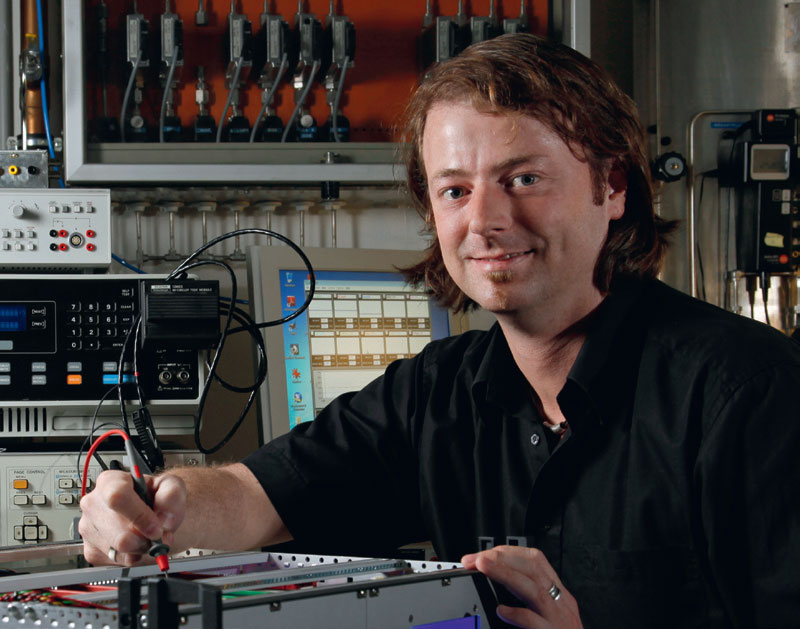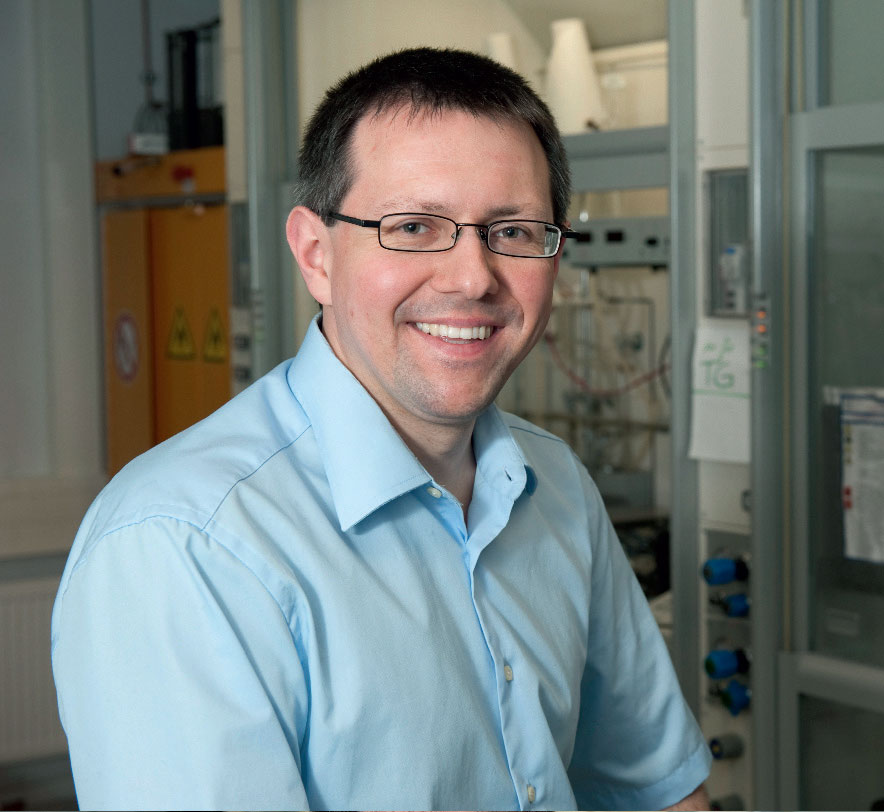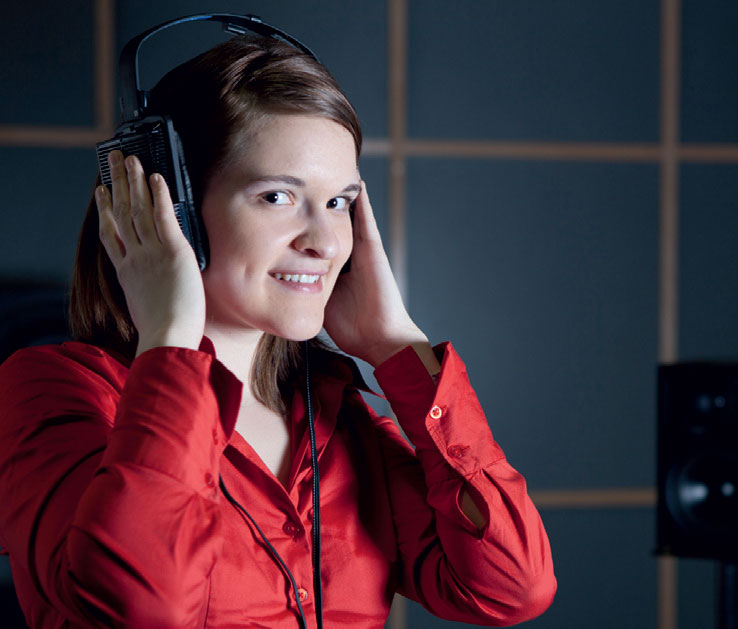Promoting talented young scientists
The Bavarian government instituted this prize in 1999 to mark the 50th anniversary of the Fraunhofer-Gesellschaft. It is named for former Bavarian secretary of state Hugo Geiger – patron of the inaugural assembly of the Fraunhofer-Gesellschaft on March 26 1949. The Hugo Geiger Prize is awarded for outstanding, application-oriented doctoral theses or dissertations – up to now only in the life sciences. From this year on, prizes will also be awarded for papers that cover other research areas of the Fraunhofer-Gesellschaft. The prizewinning papers are selected on the basis of scientific quality, industrial or economic relevance, novelty and an interdisciplinary approach. The work must be directly related to a Fraunhofer Institute or have been written at one. This year, the first-placed winner will receive 5000 euros in prize money, the second winner 3000 euros and the third 2000 euros.


